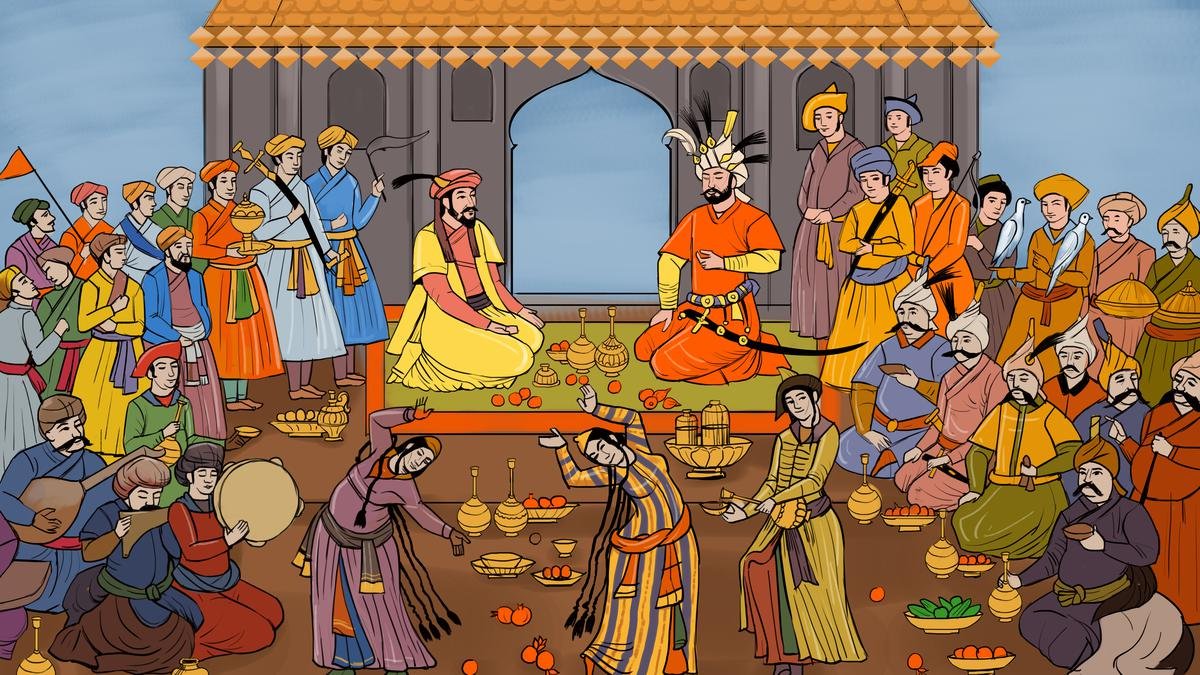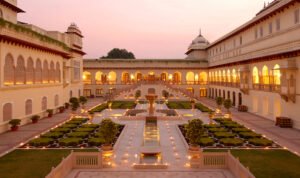The Mughal Empire was one of the greatest and most influential empires in Indian history. Established in 1526 CE by Babur, a descendant of Timur and Genghis Khan, the Mughals ruled a large part of the Indian subcontinent for over 300 years, blending Persian, Indian, and Islamic cultures into a rich legacy of architecture, governance, and arts.
Timeline and Founding
The empire began with Babur’s victory over Ibrahim Lodi in the First Battle of Panipat (1526).
It ended in 1857, when the British dethroned Bahadur Shah Zafar, the last Mughal emperor, during the First War of Indian Independence.
Notable Mughal Emperors

1. Babur (1526–1530)
Founder of the Mughal Empire.
Introduced Central Asian culture and administrative styles to India.
2. Humayun (1530–1540, 1555–1556)
Faced defeat from Sher Shah Suri but later reclaimed the throne.
His reign was short but important for the continuation of Mughal lineage.
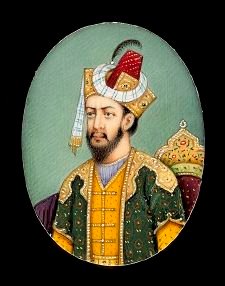
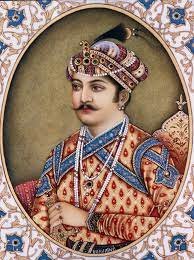
3. Akbar the Great (1556–1605)
One of India’s most admired rulers.
Known for religious tolerance, abolishing jizya tax, and initiating interfaith dialogues.
Introduced Din-i Ilahi, a new religious idea to unite all faiths.
Expanded the empire through diplomacy and military power.
4. Jahangir (1605–1627)
Continued Akbar’s policies.
Passionate about art and justice.
Known for the golden chain of justice and love for Persian culture.
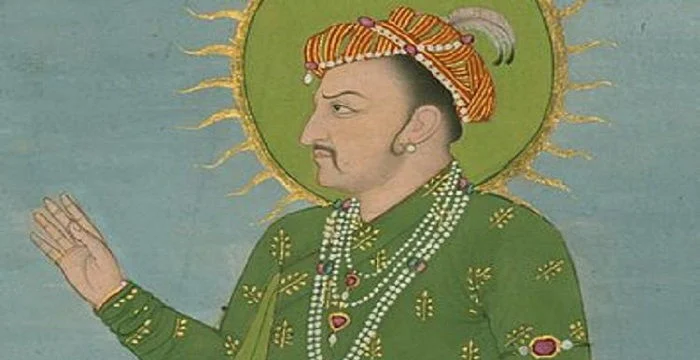
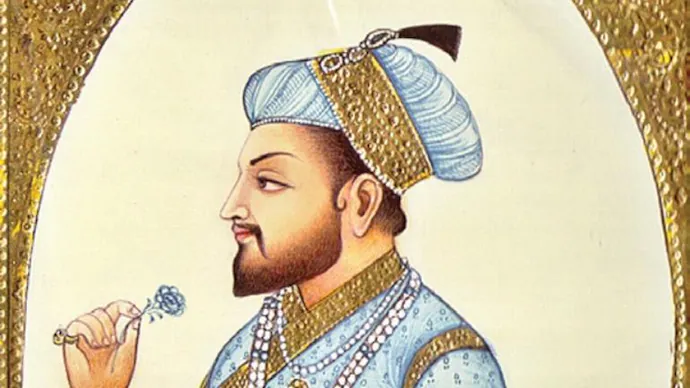
5. Shah Jahan (1628–1658)
Era of grand architecture — built the Taj Mahal, Red Fort, and Jama Masjid.
His reign marked the peak of Mughal art and architecture.
6. Aurangzeb (1658–1707)
Extended the empire to its largest size but ruled with strict Islamic laws.
Reintroduced jizya tax and discouraged non-Islamic practices.
His policies led to rebellions and decline in unity.

Mughal Contributions to India
1. Architecture
Taj Mahal, Humayun’s Tomb, Red Fort, and Fatehpur Sikri are architectural masterpieces.
Mughals introduced the charbagh garden layout, domes, arches, and Persian-influenced styles.
2. Administration
Akbar’s mansabdari system helped centralize power.
Introduced land revenue reforms through Todar Mal.
3. Art and Culture
Patronized miniature paintings, Persian poetry, and literature.
Promoted Urdu as a new language, blending Persian, Arabic, and local dialects.
4. Religion and Society
Akbar’s policy of Sulh-e-Kul (universal peace) promoted religious harmony.
Mughal courts had scholars of many faiths — Hindu, Muslim, Jain, Christian, Sikh.
Decline of the Mughal Empire
After Aurangzeb, the empire weakened due to:
Weak successors
Internal rebellions (like by the Marathas and Sikhs)
Rise of regional kingdoms
Increasing European colonial interference, especially by the British
The final blow came in 1857, during the Revolt of 1857, after which the British East India Company dissolved the empire and took direct control of India.
Legacy of the Mughal Empire
Left a lasting impact on Indian culture, especially in art, architecture, cuisine, and music.
Created a unique blend of Indo-Persian culture.
Mughal influence is still visible in modern Indian cities, language, and traditions.

